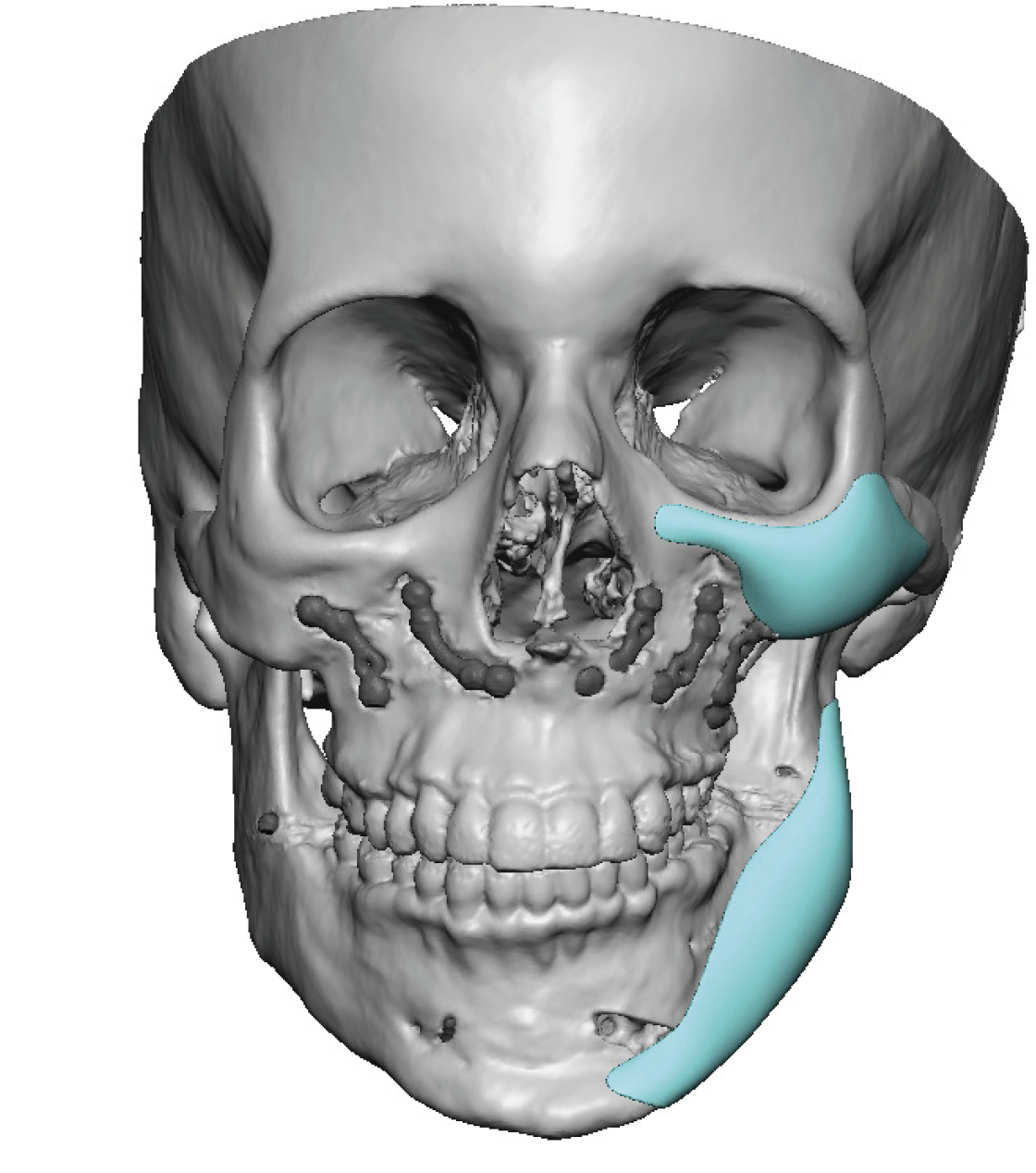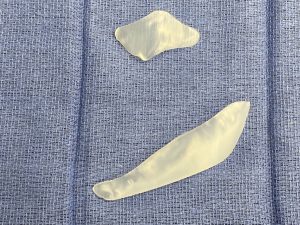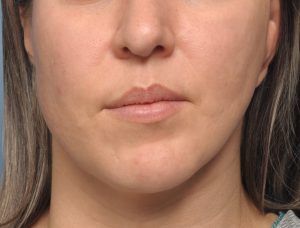Background: Facial asymmetries are common and most are relatively modest in their effects. But the most significant facial asymmetries of a known cause is that of hemifacial microsomia. Due to abnormal development of the associated brachial arches, the lower jaw and ear in particular are severely affected. Major parts of the ear and lower jaw are missing and this causes a major tilt of the face to the affected side. Most or all of the facial structures from the eye down to the jaw are shortened and elevated.
With the lower jaw being the most significantly affected facial bone in hemifacial microsomia reconstruction at early age is often needed. But once puberty is past realigning the face is typically done with orthognathic or double jaw surgery. This straightens the occlusal plane and does make a major contribution towards an improved facial asymmetry and is an important foundational procedure in this congenital facial asymmetry. But the size of the jaw and all of the overlying soft tissue thickness differences do not usually allow for the maximal improvement possible.
Once the foundational jaw procedure has been a 3D CT scan can reveal what residual bony asymmetries remain of the cheek and lower jaw. They can then be treated by augmenting their dimensional deficiencies with implants.
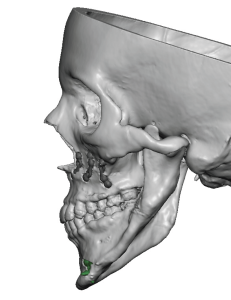
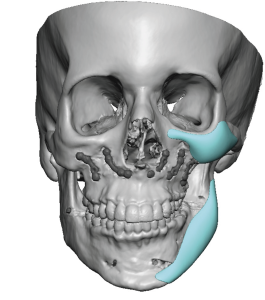

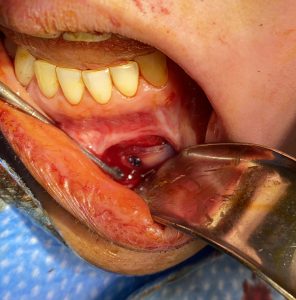
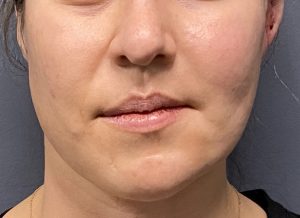
The improvement in the significant facial asymmetry in hemifacial microsomia never involves just one procedure or tissue level. A multifactorial problem requires a multifactorial treatment approach. Beyond whatever jaw reconstruction may be done as a child (distraction bone lengthening, rib grafts) in teens and young adults orthognathic (double jaw) surgery establishes as much facial bone straightening/lengthening as a level occlusal plane will allow. While offering good improvement this is almost never enough. Further facial bone reconstruction is an augmentative approach for which custom implant designs work best. In these implant designs, like in all such designs used in any form of facial asymmetry, it is important to not over correct…which is easy to do even in a design that looks perfectly symmetric. Making the asymmetric side a little too big is almost as distracting as having it be too small.
Case Highlights:
1) More significant facial asymmetries from hemifacial microsomia affect the entire side of the face including all bones and the overlying soft tissues.
2) The skeletal correction of hemifacial microsomia in an adult should be first done by double jaw surgery
3) Custom cheek and jawline implants can build on the effects achieved by jaw surgery.
Dr. Barry Eppley
Indianapolis, Indiana

